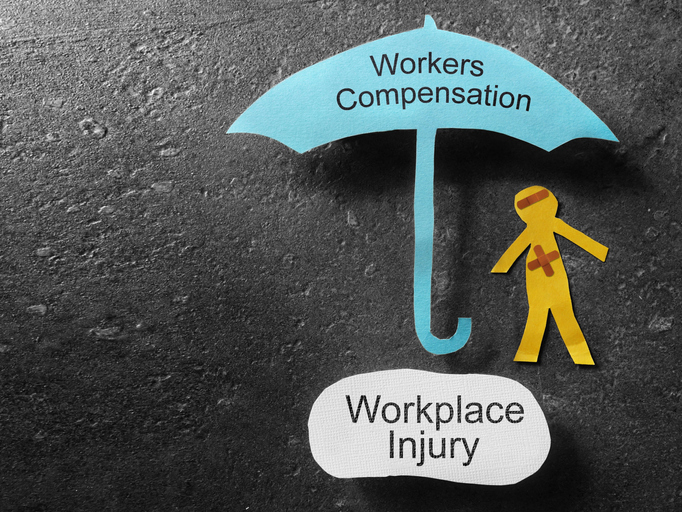
News for Occupational Health Physical Therapists
July 20, 2019
How to Effectively Resolve Costly Workers’ Compensation Cases
August 21, 2019When an injury happens on the job, it can be the first domino that falls… causing a chain-reaction that affects productivity and profitability in the company. Not only is there concern for the employee who was hurt, but companies also need to consider how these injuries have an impact on company culture and efficiency among other employees.
Are you proactive in reducing the risk of injury on the job? Here are four tips to reduce the likelihood of someone getting hurt at work:
- Identify Potential Risks: It is essential to keep your eye on the possible risks. If you don’t know the potential for injury, then it is difficult to be proactive in preventing the problem. These potential risks vary depending on the work environment. For example, production line workers face immediate, serious injury if the machines are misused. On the other hand, office employees could be at risk for long-term injuries due to repetitive motions, such as wrist pain due to typing at a computer. Risk of injury increases when Applicants are hired without the Employer knowing they have the physical capability to meet the Job Demands.
- Pre-Employment and Return to Work Physicals: Sometimes, workplace accidents happen because someone is inexperienced. Oftentimes they happen because the Employees do not have the physical capabilities to perform the work duties. Physical aptitude assessments can be used after an applicant has been offered the job to assure they DO have those physical capabilities. The applicant is then hired contingent on reaching those job requirements during their Assessment. Testing Prior-to-Hire before they become an employee and testing upon return from Family & Medical Leave before they re-enter the work force and testing as they return from Workers’ Compensation injury – also before they re-engage in work efforts — ensures they are working in positions that match their physical capabilities.
- Establish Safety Protocols: Identifying the potential risks and testing for needed physical capabilities are the first two steps. Now, you need to implement specific, detailed safety protocols to minimize those risks. These protocols should cover every aspect of employee safety, as well as encouragement for employees to report potential hazards or dangerous behavior.
- Training and Ongoing Education: Now that you know the risks, and the safety protocols are in place, you need to be sure that employees and managers are trained properly. Onboarding should always include thorough safety training. Additionally, ongoing safety training can be beneficial to keep the information at the top-of-mind and cultivate an environment of safety at all times.
If you don’t have a good system in place for safety protocols and physical assessments, then KEY Functional Assessments Network is here to assist. Contact us to learn more about the ways our systems can improve workplace safety and decrease the potential of injury on the job.


